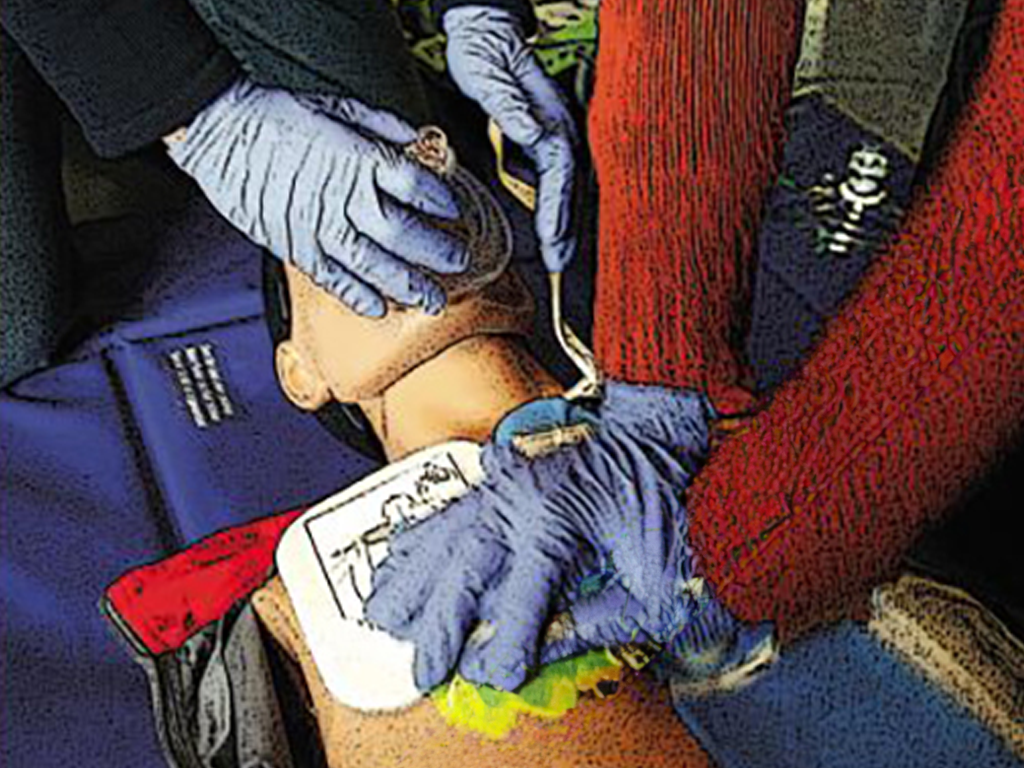 Physics
Physics

46503480 / 55502972
States of Aggregation
Solid, Liquid, Gaseous
It is winter. Snow and ice transform the landscape into a fairy tale scenery. At sub-zero temperatures, ice crystals form on branches and other objects. The snow cover is not always uniform but sometimes shows varied structures of snow and ice crystals as well. Snow is frozen rain, that is, precipitation falling from the clouds. Clouds, in turn, consist of gaseous water vapour which transforms into precipitation in certain conditions. Where the sun shines and temperatures rise again, snow and ice begin to melt. Thaw sets in, and snow and ice change into water again. But snow and ice can also exist simultaneously. Even at high minus temperatures, streams and rivers still carry water. On their banks, exciting ice formations can develop as a result. Stagnant waters, such as lakes and ponds, however, tend to freeze because the water in them hardly moves. The solid, liquid and gaseous states are the three classic aggregate states. We encounter the interplay between water vapour, liquid water and ice in many situations. Complex physical processes lie behind it. Let us take a closer look at them now.
Play trailer
Curriculum-centred and oriented towards educational standards
Matching
Resuscitation
It can happen to anyone – of any age, in any place, at any time. Sudden cardiac arrest may quickly prove fatal. Immediate action is called for! Just remember: Check Call Press Anyone can do it. You can't do anything wrong!
The Daily Newspaper
Every day, there is a surge of news reaching us via different news channels. In spite of TV and Internet, the daily paper still is one of the most important main sources of news. But how is a newspaper created? The film shows the production of a paper in the course of one day. Starting with the editorial meeting in the morning, in which the topics and deadlines are determined, the film accompanies a journalist during her research work. You can see how a journalistic interview is conducted and what the photographer must consider when taking a press photo. Back in the editorial office, the editor’s work is illustrated, which includes the page layout and the writing of an online article in today’s time. Impressive pictures from the printing centre depict the process from the digital page to the finished newspaper. Together with the comprehensive accompanying material, the DVD is perfectly suited for use at school









